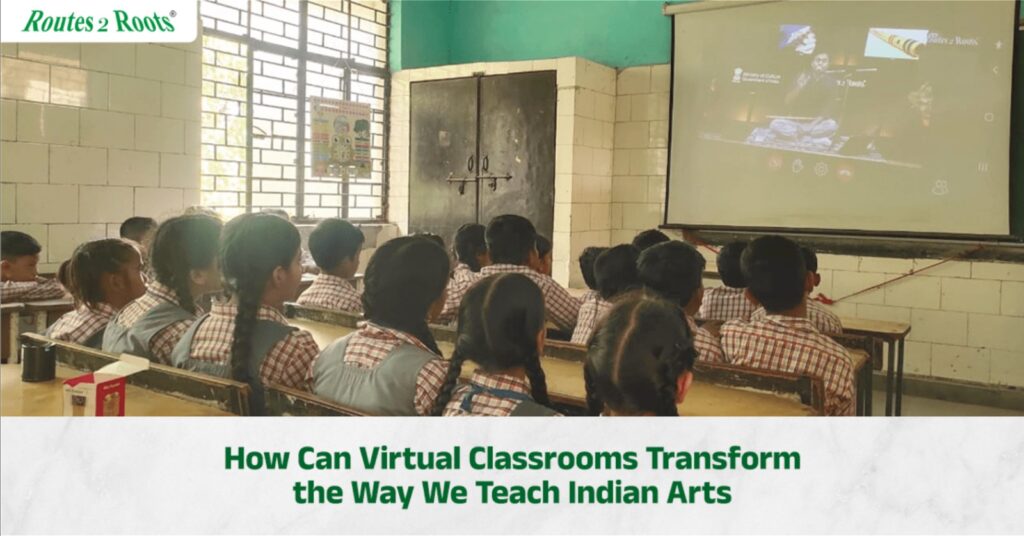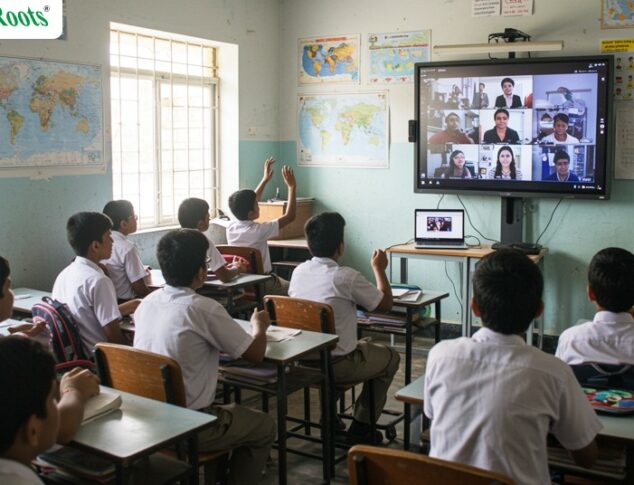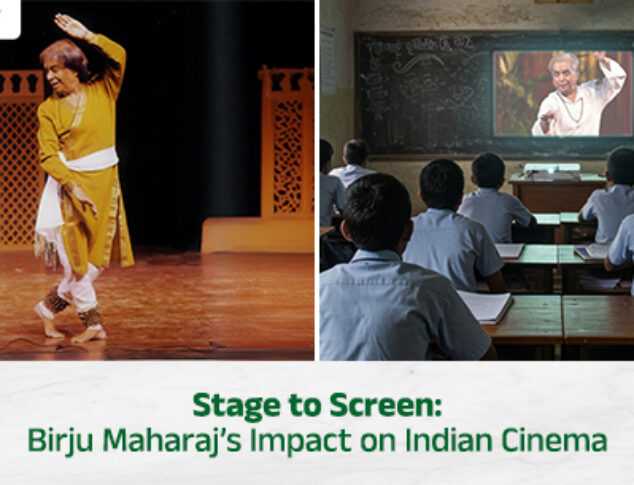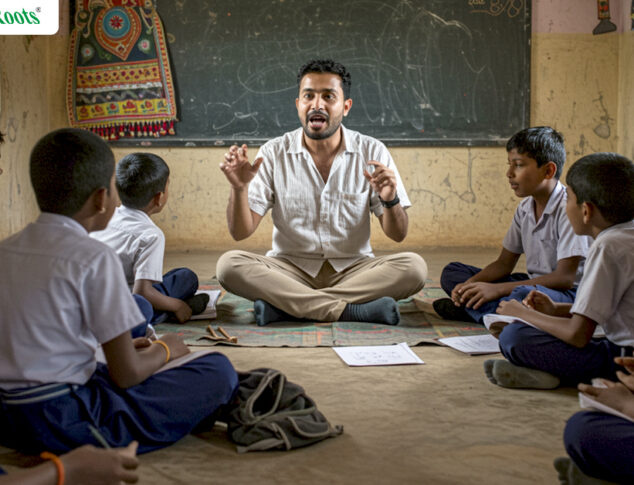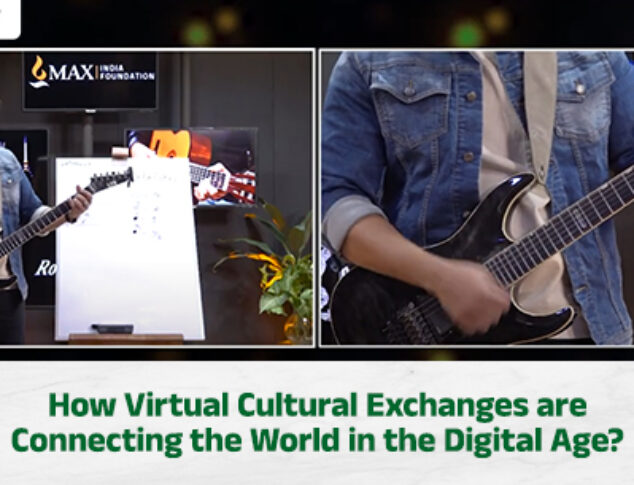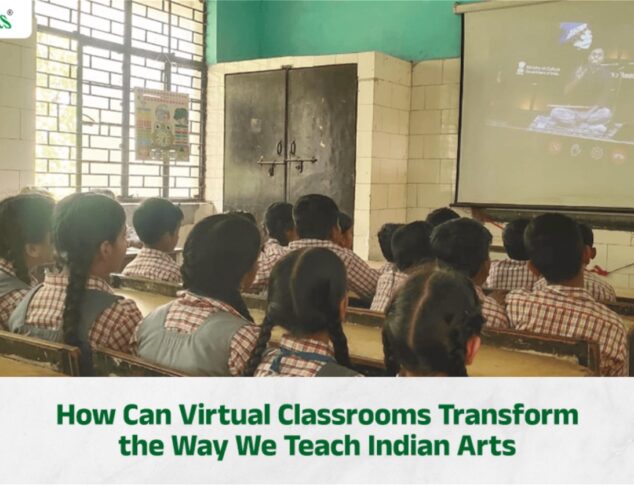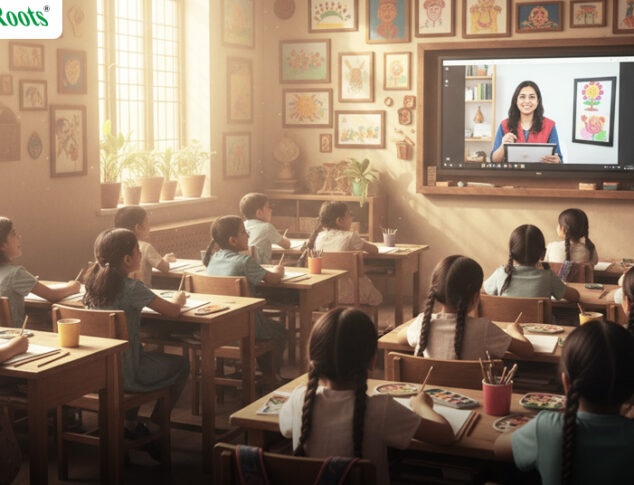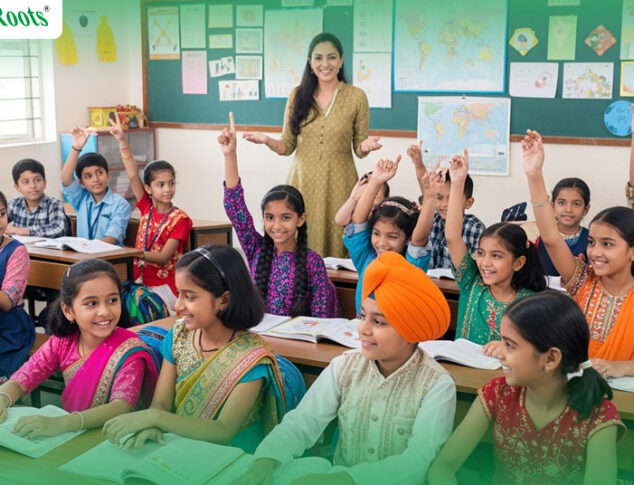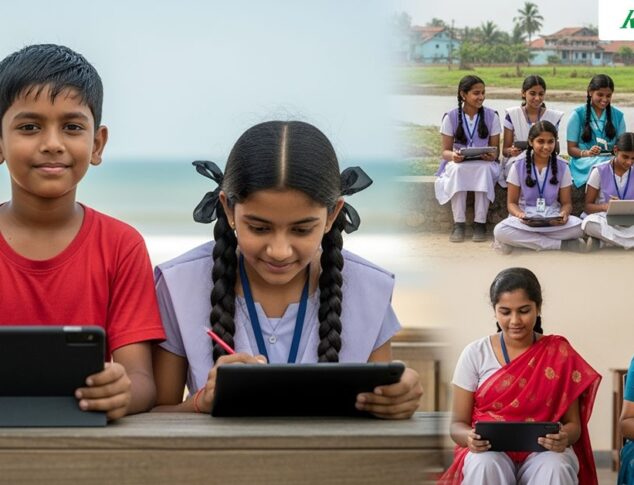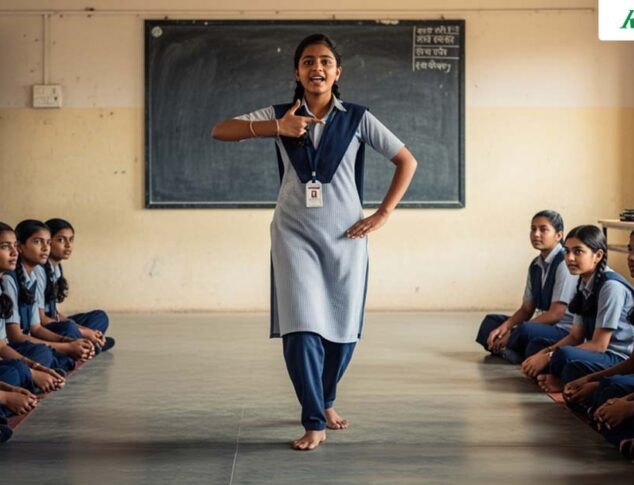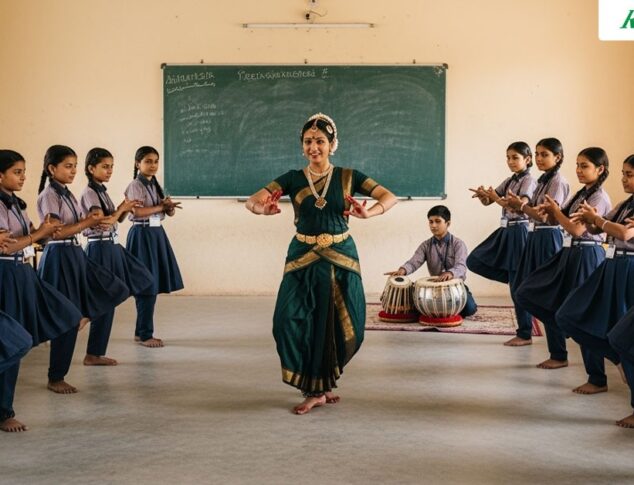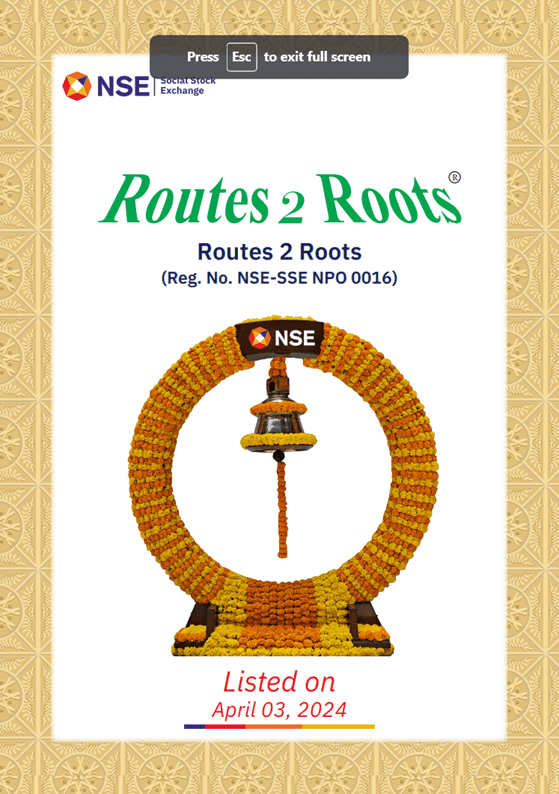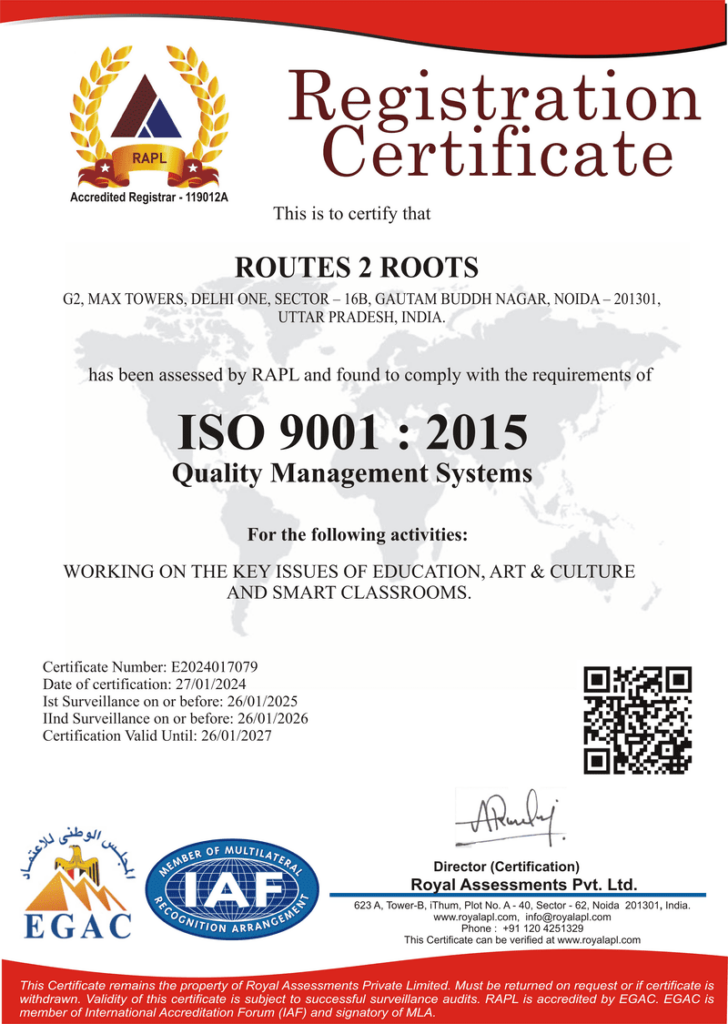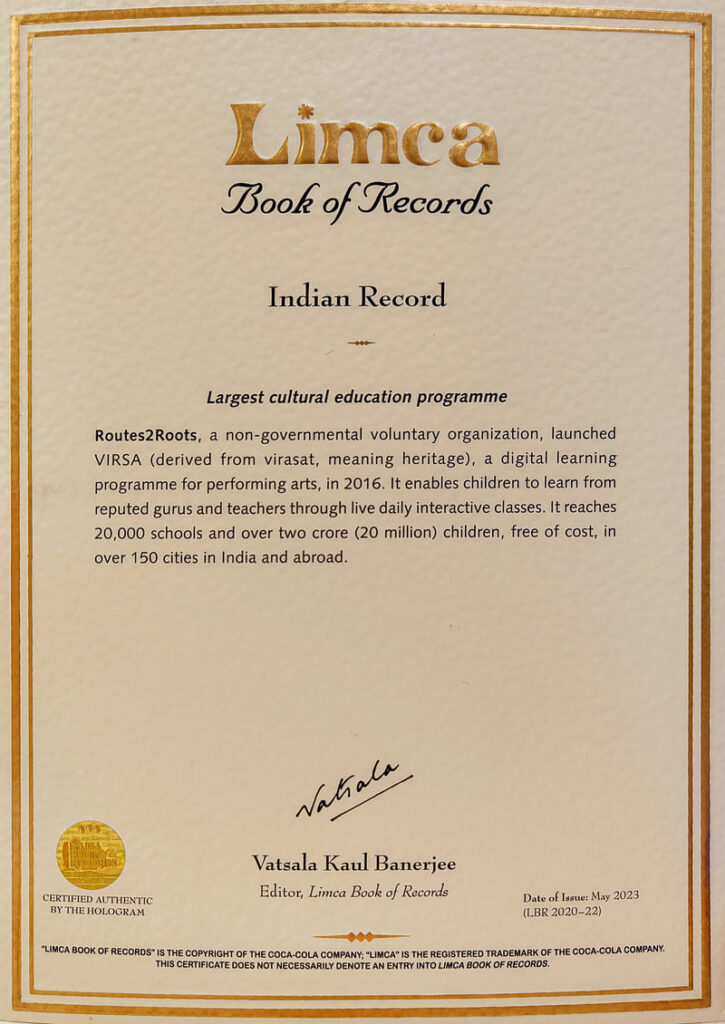Since technology spans such great distances, virtual classrooms are a breakthrough in the educational world. The teaching of Indian art, traditionally existent in cultural matters, is no exception. At Routes 2 Roots, a renowned art education NGO in India, embraced virtual platforms to ensure that the rich heritage of Indian arts reaches every corner of the globe. But how exactly are virtual classrooms transforming the teaching of Indian arts?
Breaking Barriers of Distance
Traditionally, learning Indian arts required physical presence in workshops or academies, often located in urban centers. This made it challenging for students in remote or underserved areas to access quality education in arts like classical music, Bharatanatyam, or painting.
Virtual classrooms have removed these geographical barriers. Students from rural villages can now learn from accomplished maestros, connecting in real-time through digital platforms. This digital learning art program ensures that no student is left behind due to location.
Interactive Learning at Your Fingertips
In the past, online learning was just static videos. The newer virtual classrooms are not limited to that anymore; students can interact with instructors in real-time now. Cultural NGOs in India like Routes 2 Roots have built these platforms incorporating multiple camera angles, live editing, and immersive setups that give a sense of being present inside a real classroom.
Students can ask questions, receive immediate feedback, and even participate in group activities—all from the comfort of their homes. This hands-on approach enhances engagement and ensures a deeper understanding of Indian arts
Preserving Cultural Heritage Through Technology
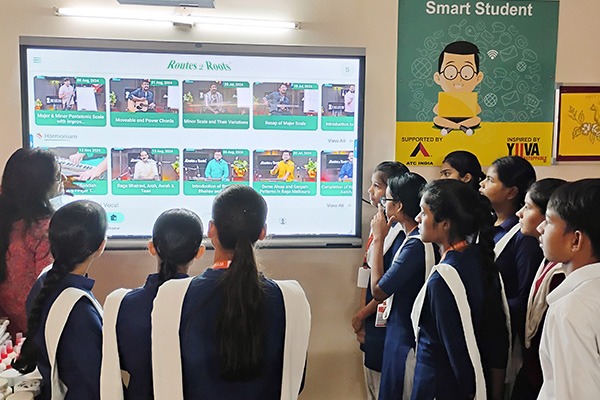
The arts represent the soul of a nation. Yet, as globalization takes hold, many traditional art forms risk fading into obscurity. Virtual classrooms serve as a lifeline for these endangered treasures.
By incorporating Indian arts into cultural education programs, NGOs like Routes 2 Roots are actively preserving and promoting our heritage. From teaching Carnatic music to reviving folk dances like Garba or Bihu, these programs ensure that our cultural identity remains vibrant and alive.
Affordable and Accessible Learning
Art education has become expensive for many families. Travel, accommodation, and tuition costs deter many aspiring artists from their passions. Virtual classrooms have changed this situation altogether, enabling students to receive high-quality education at a fraction of the actual cost.
Organizations like Routes 2 Roots, a listed NGO in India, provide free courses and classes to thousands of students. By leveraging digital tools, they eliminate the need for costly infrastructure while ensuring that students receive top-notch instruction.
Fostering Global Connections
Indian arts have universal appeal. Through virtual classrooms, students and teachers from different parts of the world can connect, creating a global community of art enthusiasts. Such platforms encourage cross-cultural exchanges, allowing students to learn not just the techniques of Indian art but also their deeper cultural significance.
For example, initiatives by NGOs for art and culture often pair Indian students with peers from other countries, fostering mutual understanding and appreciation of diverse traditions.
Inspiring the Next Generation of Artists
The incorporation of technology into art education seems most appealing to the younger generation. Virtual classrooms provide multimedia tools, gamified learning experiences, and social interactivity to keep students constantly involved. These innovations help inspire a new generation of artists, convincingly merging traditional techniques with modern creativity.
By making art education more exciting and relatable, art education NGOs in India like Routes 2 Roots are cultivating future ambassadors of Indian culture.
Challenges and Opportunities
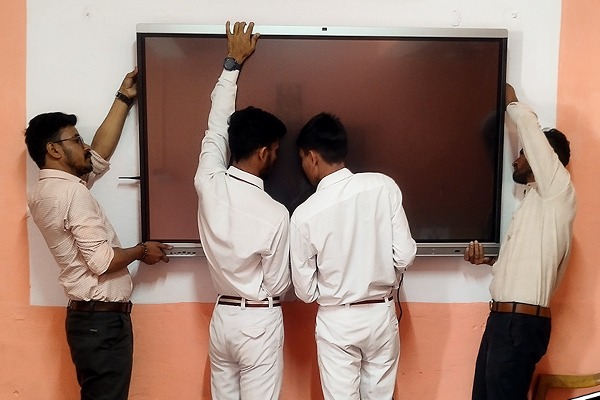
While virtual classrooms offer numerous benefits, they also come with challenges, such as internet accessibility and digital literacy. However, with the support of cultural NGOs in India and government initiatives, these obstacles are gradually being overcome. The success of programs like those run by Routes 2 Roots demonstrates that with the right approach, virtual learning can revolutionize art education
The Future of Art Education in India
These virtual classrooms are not merely an alternative for the interim; they are the future of teaching Indian arts. Breaking the barriers, securing heritage, and allowing global interaction, they are revolutionizing the approach towards art education. Routes 2 Roots is leading such endeavors to ratify that technology can be a strong ally in the preservation of our cultural legacy.
With this shift, it is now becoming a reality to make Indian arts accessible to every student, no matter where they are in the world, and regardless of their backgrounds. In this endeavor, we are ensuring that our artistic traditions survive both in spirit and in practice into the digital age.






